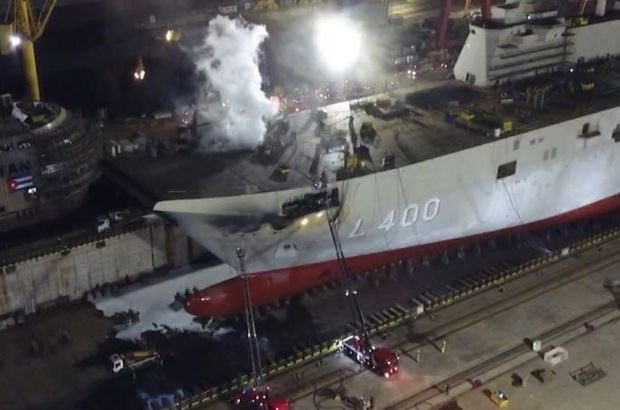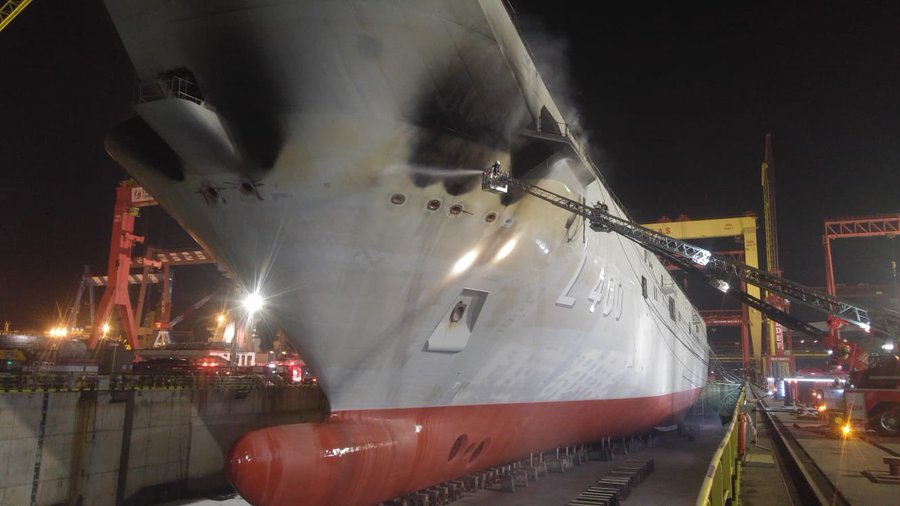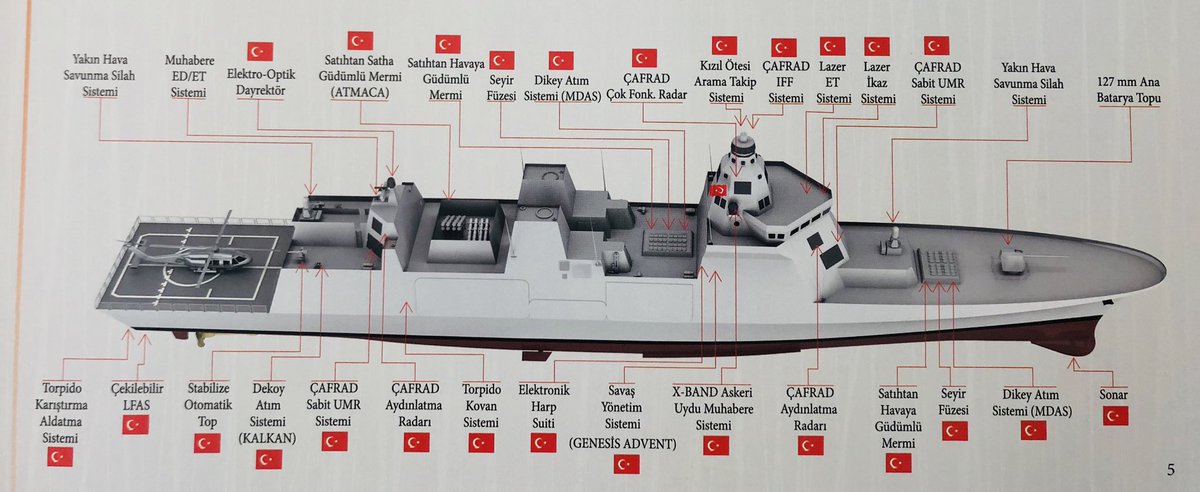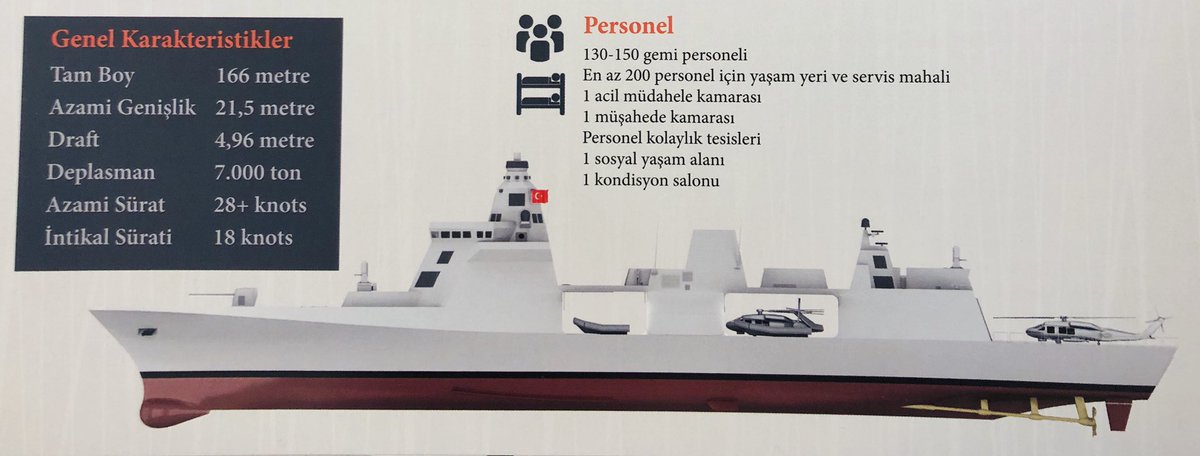Turkey’s financial situation continues to be in a weakened state.
Furthermore, Turkey’s unemployment rate surged to its highest in a decade at 14.7 percent in January, with the ranks of the unemployed swelling by 366,000 people in one month. The number of people without jobs has reached 4.7 million, with youth unemployment jumping to 26.7 percent, a record high, according to data going back to 1988.
The recession-hit country also faces macroeconomic challenges. A continuing recession could force fiscal austerity and consequently curb government spending, likely impacting defense programs. Inflation hovers around 20 percent, and most state banks are lending at a 15-16 percent rate, well below the overnight and inflation rates.
Economists fear eroding confidence and credibility in government policy could drive dollarization and put further pressure on the local currency, the lira. Last summer, the lira lost 40 percent of its value; while it did gain back 28 percent of its value, it seems to be headed toward another plunge.
On Aug. 21, 2017, the U.S. dollar closed at 3.50 liras on the foreign currency markets and at 6.10 liras exactly a year later. The lira temporarily recovered to 5.10 against the dollar earlier this year, but on April 16 it was traded at 5.80.
“Weak lira has always been problematic for Turkey’s defense planners and local industry,” an Ankara-based analyst explained. “Another major wave of plunge [of the lira] could expose foreign currency-related weapons programs to the risk of major delays or suspension.”
Major fluctuations of the national currency often jeopardize procurement programs, according to Ahmet Doğan, an economist and founder of the Ankara-based think tank Sigma. “There are still fundamental macroeconomic problems and political uncertainties that may fuel another lira crisis,” he warned
Turkey’s gross domestic product shrank by 3 percent in the last quarter of 2018. Public borrowing remains an expensive option: The annual interest rate on 10-year government bonds hovers at more than 17 percent, the highest in emerging market economies.
“For any imported defense equipment, both the Turkish government and defense companies must now pay 30 percent more in Turkish lira terms than they had to last year,” Dogan said.
One imported piece of defense equipment includes the engine to power the TF-X, Turkey’s first indigenous fighter jet in the making. The government also plans to select a foreign-made engine and transmission system for the Altay, the Turkish indigenous main battle tank in the making. And there are several foreign parts and systems
, the Turkish helicopter gunship produced under license from the Italian-British firm AgustaWestland.
Turkey also regularly imports smart ammunition used in its fight against Kurdish militants inside Turkey and in northern Iraq and Syria.
Additionally, whether Turkey remains part of the F-35 fighter jet program, or is expelled and decides to buy a Russian-made replacement,
.
Turkish President Recep Tayyip Erdogan has blamed the currency problems on an “underhanded plot” that aims to bring Turkey to heel. Few investors are convinced.
Last year, Turkey’s defense procurement office, the Presidency of Defence Industries, announced new measures to counter the effects of the currency crisis on acquisitions. It planned to convert foreign currency guarantees in previous and ongoing contracts into Turkish liras, and sign new contract guarantees (such as letters of credit from banks) in lira terms instead of dollar terms.
The move put some foreign and local contractors at currency risk. Contractors have been reluctant to accept bank guarantees in lira terms; or if they did, the risk was reflected in final prices.
Another plunge in the lira’s exchange rate may make Turkish banks increasingly reluctant to offer loans and bank guarantees to finance defense programs, as such a dive would erode capital reserves in the banking system and risk bankruptcies.







